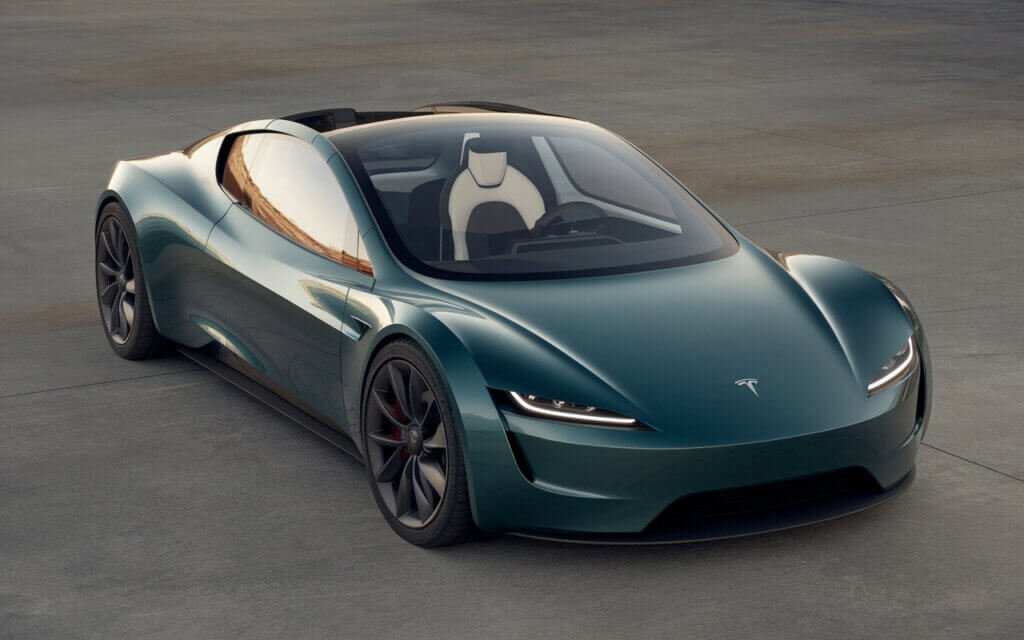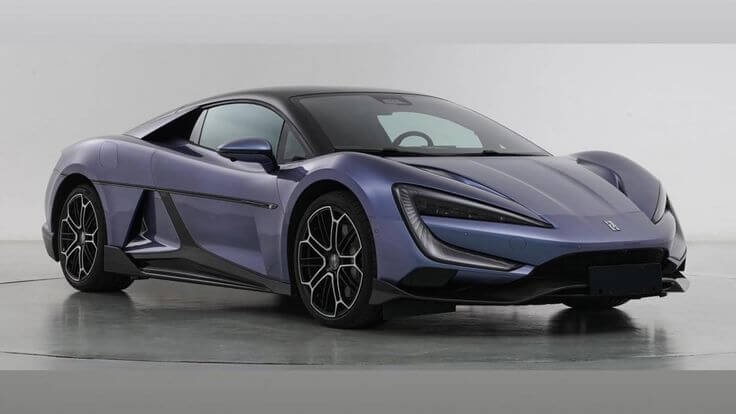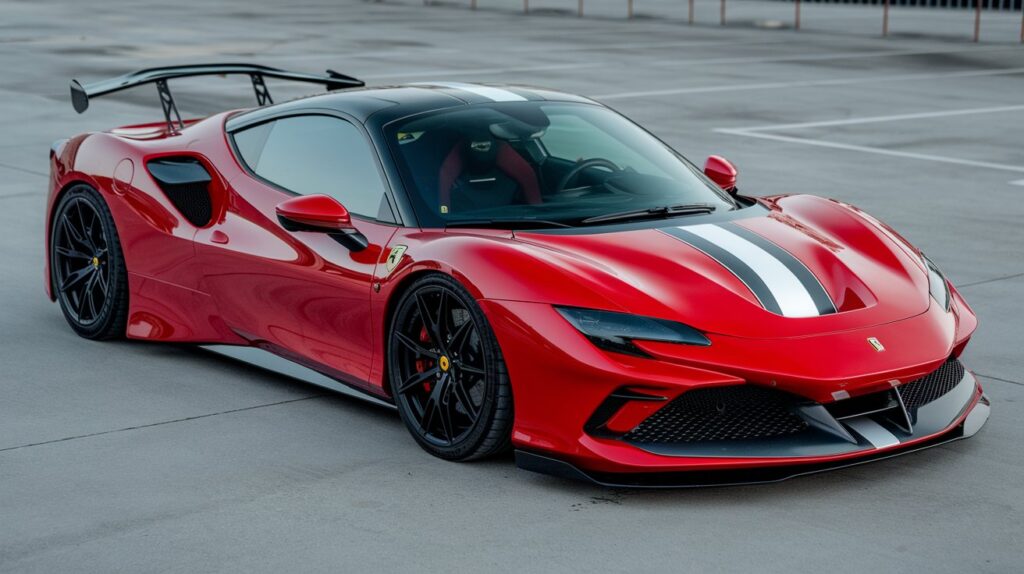Once limited to gas-guzzling engines and legacy luxury marques, the supercar segment is undergoing a seismic shift. The electric revolution isn’t just about saving the environment anymore—it’s about redefining what speed, power, and innovation can look like on four wheels.
In 2025, two electric supercars are commanding serious attention: the BYD Yangwang U9, a futuristic performance beast from China’s leading EV manufacturer, and the Tesla Roadster, a long-anticipated hypercar from the company that put EVs on the global map.
These aren’t just fast cars. They’re technology showcases, style statements, and symbols of how far the industry has come. But with both promising staggering speed, advanced tech, and luxury performance, which one truly delivers the best bang for your buck?
Whether you’re a performance junkie, a tech enthusiast, or someone curious about the EV supercar landscape, this article will break down everything you need to know to help you decide which of these two electric juggernauts comes out on top.
Table of Contents
Performance Showdown: Speed, Power, and Control
Speed has always been the first metric by which supercars are judged. And here, both the Yangwang U9 and Tesla Roadster deliver headline-grabbing numbers. The Tesla Roadster claims a jaw-dropping 0 to 100 km/h in just 1.9 seconds—thanks to its tri-motor setup and a lightweight body optimized for performance. If that figure holds true in real-world testing, it will make the Roadster one of the fastest production cars ever made.

The BYD Yangwang U9, while slightly slower on paper, is no slouch. It achieves 0 to 100 km/h in just 2.36 seconds, which places it firmly in hypercar territory. This is achieved through its innovative e⁴ platform and a quad-motor all-wheel-drive system delivering up to 1,287 horsepower. That’s more power than a Bugatti Veyron.
Top speed is another battlefield. Tesla is aiming for over 400 km/h with the Roadster, while BYD targets a more modest 300+ km/h. While few drivers will ever push either car to those limits, the difference may matter to purists who want the fastest possible machine.
Where the Yangwang U9 truly shines is in its vehicle dynamics. The quad-motor system allows independent torque vectoring on each wheel, resulting in extraordinary handling capabilities. This enables wild feats like stationary dancing, lateral jumps, and tank turns—gimmicky perhaps, but undeniably cool and technically impressive.
Tesla’s Roadster prioritizes raw performance and efficiency. With fewer moving parts, it aims to deliver predictable, track-ready behavior with less fuss and more finesse. Its tri-motor system still allows for active torque vectoring between the axles, but not to the same extreme degree as the U9.
Performance Specifications
| Feature | BYD Yangwang U9 | Tesla Roadster |
|---|---|---|
| 0-100 km/h | 2.36 seconds | 1.9 seconds |
| Top Speed | 300+ km/h | 400+ km/h |
| Horsepower | 1,287 hp | ~1,100 hp (est.) |
| Drive System | Quad-motor AWD | Tri-motor AWD |
Battery and Range: Going the Distance
EV supercars aren’t just about speed—they also need to offer reasonable driving range and charging convenience, especially for buyers expecting long-distance usability.
The Tesla Roadster is expected to house a massive 200 kWh battery pack, offering an estimated range of up to 1,000 kilometers on a single charge. That’s a significant advantage for anyone concerned about range anxiety. Tesla’s growing Supercharger V4 network further reinforces the Roadster’s usability, allowing fast, reliable charging on long trips.
BYD’s Yangwang U9, on the other hand, is equipped with a 100 kWh Blade Battery—a proprietary technology BYD has become known for. Its range is estimated between 450 to 500 kilometers, depending on driving conditions. While this is more than adequate for typical high-performance driving scenarios, it doesn’t match Tesla’s extended capabilities.
Where BYD does excel is battery safety and thermal efficiency. The Blade Battery is engineered to withstand high-stress environments with less risk of thermal runaway, making it one of the safest battery chemistries on the market. It also supports 800V architecture for ultra-fast charging, though its real-world charging network isn’t as robust as Tesla’s.
Battery and Range Comparison
| Feature | BYD Yangwang U9 | Tesla Roadster |
| Battery Capacity | 100 kWh Blade Battery | 200 kWh Lithium-Ion |
| Estimated Range | 450–500 km | Up to 1,000 km |
| Charging System | 800V Fast Charging | Supercharger V4 |
| Battery Focus | Safety & Efficiency | Capacity & Range |
Design and Interior: Style Meets Substance
Design is subjective, but in the supercar world, boldness often wins hearts. The BYD Yangwang U9 embraces this philosophy with open arms. Its exterior looks like a concept car brought to life, featuring exaggerated aerodynamic lines, scissor doors, and dramatic LED lighting. It doesn’t just look fast—it looks like it belongs in a sci-fi movie.
Tesla’s Roadster takes a different approach. It offers a minimalist, elegant design language that fits within the brand’s established aesthetic. Smooth curves, clean lines, and a removable glass roof give it a GT-like silhouette that whispers sophistication instead of shouting aggression.
Inside, the BYD U9 continues its futuristic flair. The driver’s cockpit is highly digital, with wraparound displays, customizable ambient lighting, and luxury materials that signal its premium status. Everything is oriented toward the driver, making it feel like a true performance machine.
Tesla’s interior follows its signature clean design language: a central touchscreen replaces traditional controls, and seating for four (2+2 layout) adds practicality to the package. The glass roof and panoramic view offer a more open, airy cabin, though some may find the minimalism a bit too stark for a six-figure sports car.


Technology and Features: Innovation Beyond Speed
Technology plays a central role in both of these vehicles, but their focuses are slightly different.
Tesla’s Roadster is built on the brand’s full self-driving (FSD) platform, which includes a suite of cameras, radar, and AI processors. While full autonomy is still a work in progress globally, Tesla’s software updates allow continual evolution over time. The vehicle also includes a premium sound system, over-the-air updates, and deep integration with Tesla’s ecosystem.
BYD’s Yangwang U9, by contrast, focuses more on experiential technology. It includes a cutting-edge HUD, surround-view AI-enabled cameras, and an adaptive suspension system that literally allows the car to jump. While it doesn’t aim for full autonomy, it offers a more interactive driving experience, especially in performance scenarios.
Tech Features Overview
| Feature | BYD Yangwang U9 | Tesla Roadster |
| Autonomy | No | FSD-capable |
| HUD | Yes | Minimalist UI |
| Suspension | Adaptive, Jumping | Adaptive |
| OTA Updates | Limited | Full support |
| Unique Feature | Tank Turn / Lateral Movement | SpaceX Thrusters (optional) |
Price and Global Availability: Cost vs. Value
For many buyers, pricing and availability are the final deciding factors. The Tesla Roadster is expected to start at around $200,000 for the base model, with higher trims and the SpaceX package pushing it north of $250,000. Tesla plans a global rollout, although exact timelines have shifted repeatedly, with deliveries now targeted for late 2025.
BYD’s Yangwang U9 is priced around $233,000 and is currently available in China. Global availability remains uncertain, although BYD is expanding aggressively into international markets. The brand has already made successful entries into Europe, Southeast Asia, and Latin America, which bodes well for the U9’s future reach.
Price and Availability
| Feature | BYD Yangwang U9 | Tesla Roadster |
| Starting Price | ~$233,000 | ~$200,000 |
| Availability | China (global TBD) | Global (late 2025) |
| Market Focus | Luxury China EV | Global Performance EV |
Final Thoughts: Which One Deserves Your Garage?
The Tesla Roadster and BYD Yangwang U9 are both extraordinary vehicles, representing the pinnacle of what electric performance can offer. But they serve slightly different types of buyers.
If you’re after global usability, best-in-class range, and leading-edge autonomy, the Tesla Roadster is the clear winner. It promises an unmatched blend of performance and convenience in a sleek, minimalistic package.
However, if you’re looking for a bold statement vehicle that combines futuristic tech with jaw-dropping design and driving dynamics, the BYD Yangwang U9 makes a compelling case. It might not beat Tesla in raw numbers, but it offers a more tactile, playful driving experience that feels excitingly different.
In the end, the right choice depends on your priorities—whether it’s raw speed, autonomy, global support, or an unforgettable driving sensation.
Stay Connected
Thinking about going electric? Subscribe to our newsletter for updates, reviews, and expert comparisons on the latest EVs. Check out EV Supercar Guide for more in-depth buying tips and performance insights.

